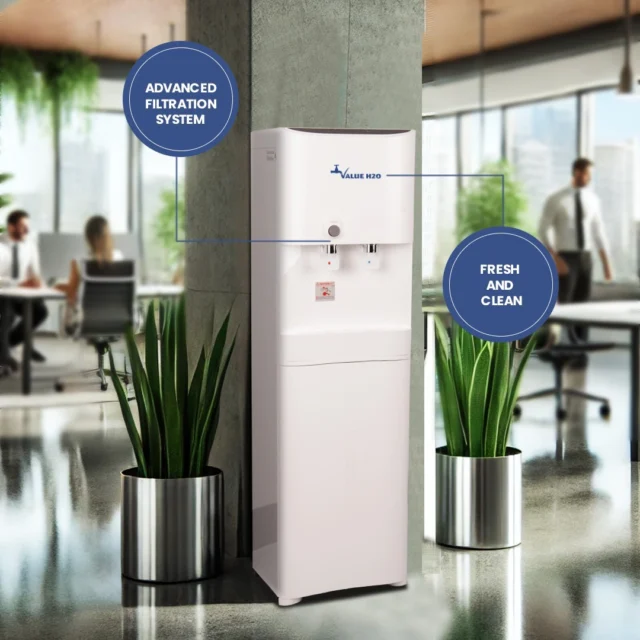Potable water is one of the major concerns of millions of people all over the world. It is essential for our survival. Despite this basic truth, thousands still die because they do not have access to safe, clean drinking water. Today, Australians rely on both national and international standards and guidelines to inform us on the criteria for potable water. The Australian government has taken key steps to ensure that everyone has access to clean tap water that’s safe to drink. However, every year there are violations to the Safe Drinking Water Act that involves 20% of water treatment facilities in the country.
What contaminants have been found during tests? Here’s a few of the most common ones:
Chlorine
Chlorine is a widely used chemical for disinfecting water supplies of germs, bacteria, viruses and other disease-causing pathogens that thrive in water supply reservoirs and containers. In small quantities, studies say that it is safe and does not leave any detectable taste or smell, but many still worry about mixing such a strong chemical with their water.
Heavy Metals
In 2016, New South Wales faced a water contamination scare where dangerous levels of lead and copper were detected in household tap water. Researchers however stated that the lead and copper contaminants did not come from the water supply but from the brass fittings and plumbing fixtures of the house.
Lead has been known to cause a variety of medical issues, from developmental problems to heart disease. Other heavy metals that can also cause adverse health effects include mercury and cadmium.
Aesthetic Contaminants
sediment, dirt, clay, plant matter and particulates can alter the colour or taste of water and even cause problems for plumbing fixtures.
Environmental Pollution
A good example here is rainwater. Typically, rainwater is one of nature’s ways of filtering seawater into drinkable water and requires no further filtration or decontamination. However, due to air pollution, even rainwater has become contaminated with chemicals which are then mixed in with water reservoirs and catch basins. Water can also be contaminated by organic material like animal waste or by inorganic waste like plastics and scrap metal.
Unknown Contaminants
In Australia, most water treatment facilities are required to monitor 70 chemicals, however, there are more than 300 chemicals that are not regulated or tested by the treatment plants and government agencies. While the 70 chemicals are the most common contaminants for drinking water supply, it is still hard to tell what effects the other chemicals may have should it contaminate tap water.
You can never be too sure when it comes to your drinking water. Our advice is to always filter your water with the best quality filter you have.









